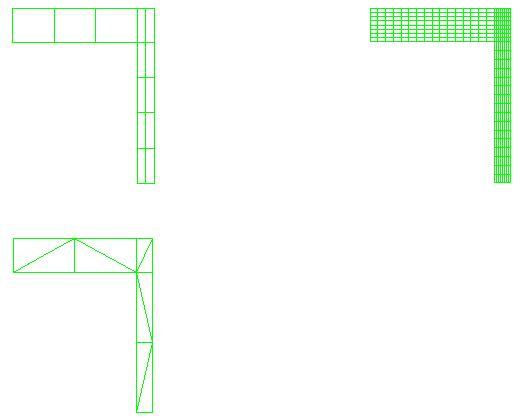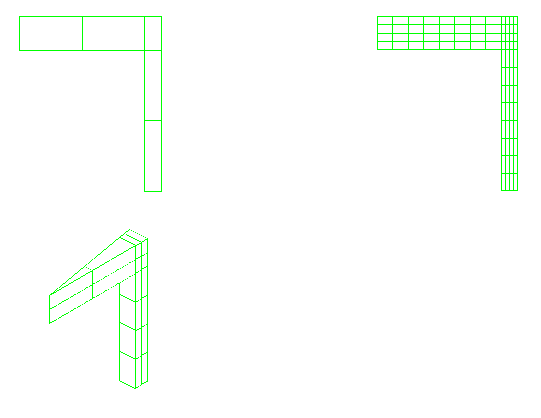Geometry and material
This problem is identical to the one discussed in a report by Mercer et al. (1987). The structure is shown in Figure 1 and consists of a piezoelectric material PZT4 with brass end caps. The piezoelectric material is electroded on both the inner and outer surfaces.
The properties for PZT4 in a cylindrical system are:
Elasticity Matrix:
Piezoelectric Coupling Matrix (Stress Coefficients):
Dielectric Matrix:
The 1-direction is radial, the 2-direction is axial, and the 3-direction is tangential. From these matrices it is seen that the poling direction is radially outwards from the axis of symmetry. (The order of the stresses in Abaqus may differ from those typically used in electrical applications. Abaqus uses the standard mechanical convention, where the stress components are ordered as . See Piezoelectric Behavior.)
The brass is elastic and isotropic with a Young's modulus of 104 GPa and a Poisson's ratio of 0.37.



